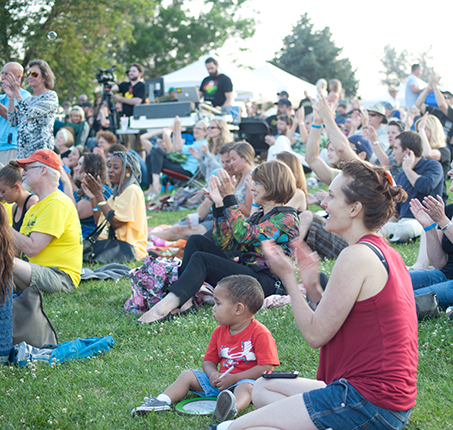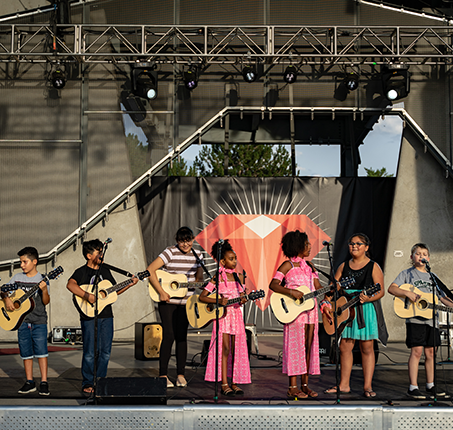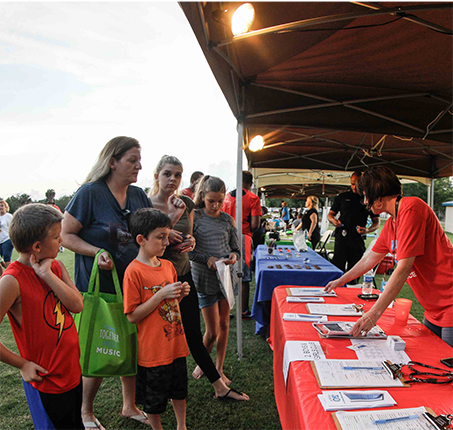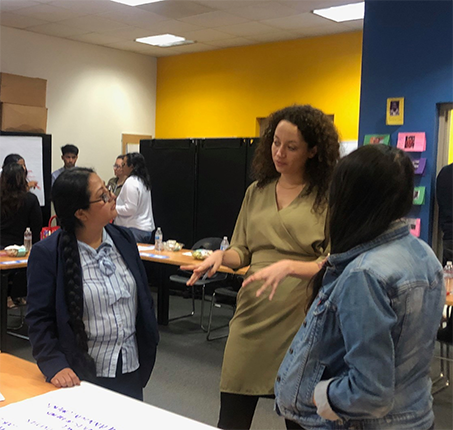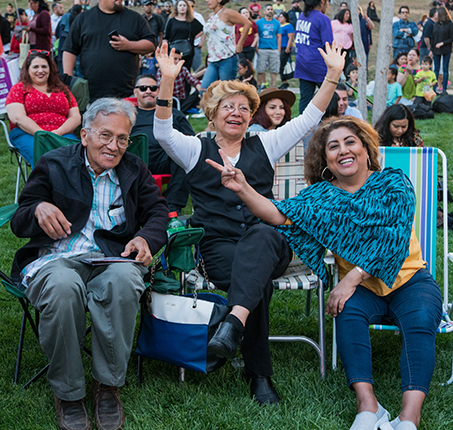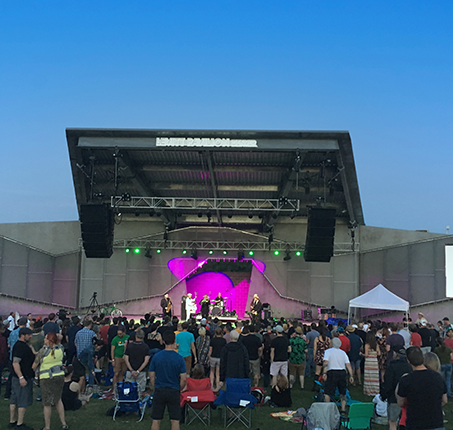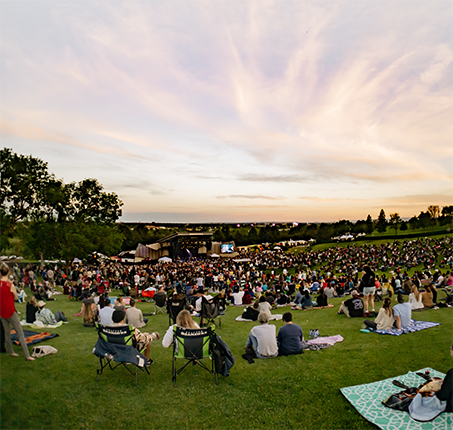
BACKGROUND
In 2013, the Levitt Foundation commissioned Slover Linett to conduct a three-part study to better understand and document the impact of permanent Levitt music venues, focusing on community-level outcomes such as community engagement, neighborhood vibrancy, and perceived safety and livability. The first two parts of the study were published in the 2016 white paper, Setting the Stage for Community Change: Reflecting on Creative Placemaking Outcomes. Among other findings, the report examined how the experience of free Levitt concerts fosters social interactions within groups and across demographic boundaries, which, in turn, builds social capital.
The 2021 white paper presents the third part of the research, a Pre/Post Community Research Study at Levitt Pavilion Denver, which explores the precursor to social capital—a sense of belonging. Slover Linett focused on the unique “situatedness” of Ruby Hill Park, including its location and history of use, in order to understand the preconditions for Levitt Pavilion Denver’s creation and how it has begun to contribute to a sense of place and overall community vitality.
Slover Linett used largely qualitative research methods—ethnographic observation, naturalistic in-context interviews, standardized intercept interviews and one-on-one stakeholder interviews—to understand the role and impact of Levitt Pavilion Denver over time and across multiple definitions of “community,” inviting a range of perspectives on the pavilion and its concerts, the park, surrounding neighborhoods, and Denver as a whole. The researchers aimed to be attuned to systemic drivers of equity and inequity in the local community context and to listen for perceptions among area residents, Denver community stakeholders, and concert attendees of how Levitt Pavilion Denver has (or could) play a role in shifting those dynamics.
Both periods of research examined Levitt Pavilion Denver as one model of arts-based community development.
Key Findings
- Levitt Pavilion Denver has helped create a stronger, more equitable community of music lovers in Denver, filling a longstanding gap in the area’s arts landscape through free, high-caliber and wide-ranging music programming that is proximate to neighborhoods previously lacking consistent arts access, brings disparate music-loving audiences together, and enhances a sense of belonging through the pavilion’s laid-back, casual vibe.
- To foster long-term investment in the local community that supports a sense of belonging, Levitt Pavilion Denver could emphasize the community-led process at the core of its creation to better retain collective memory and navigate tensions around demographic change in the area, as well as potential barriers to participation. To support belonging, Levitt Pavilion Denver may consider more frequently bringing recognizable elements of the neighborhood into the project space, while increasing its presence within the community outside of the venue.
- Having taken a nuanced view of the complexities of Denver’s live music ecosystem, Levitt Pavilion Denver has played an important role in creating a nurturing environment for musicians in the city through opportunities both on and off the stage, in terms of competitive pay, helping artists reach broader audiences, and connecting artists to each other and to educational partnerships with schools and nonprofits.
- The concentrated collaboration at the heart of Levitt Pavilion Denver’s public/private partnership with the City involves the sharing of resources in a complex landscape among multiple stakeholders, which may make it difficult to attribute beneficial outcomes, or responsibility for challenges, to a single entity. A continued commitment to balancing established policies with project intention can lay the groundwork for shared, ecosystem-level progress to drive equitable public spaces.


